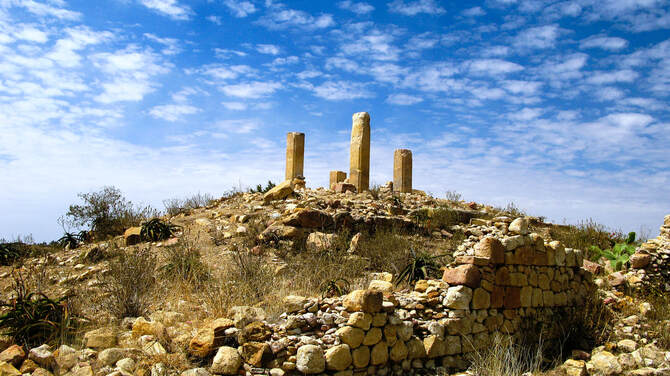ERITREA
MANY PLACES TO VIST - MANY THINGS TO DO - A GREAT ADVENTURE TO BE HAD!
|
Eritrea - Facts Useful Information
|
Places to Visit
Things to Do
|


 RSS Feed
RSS Feed